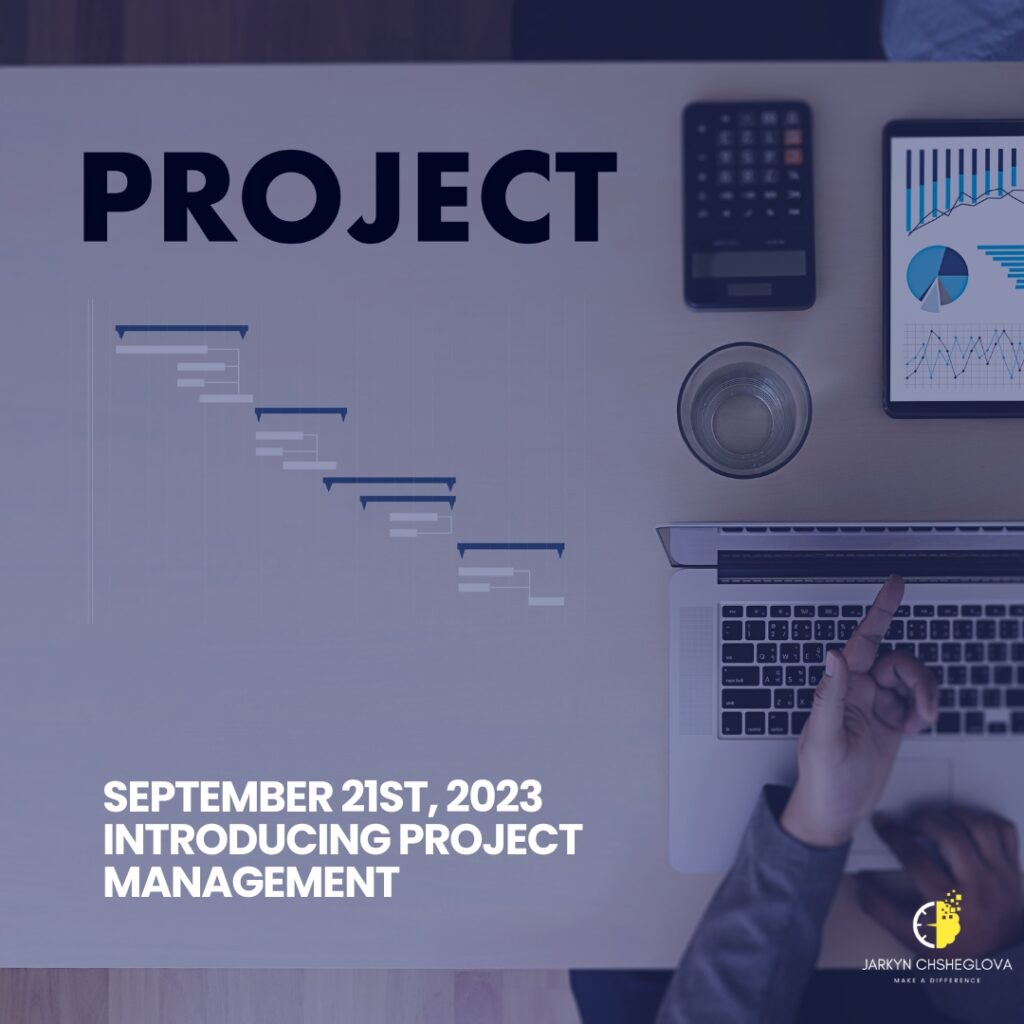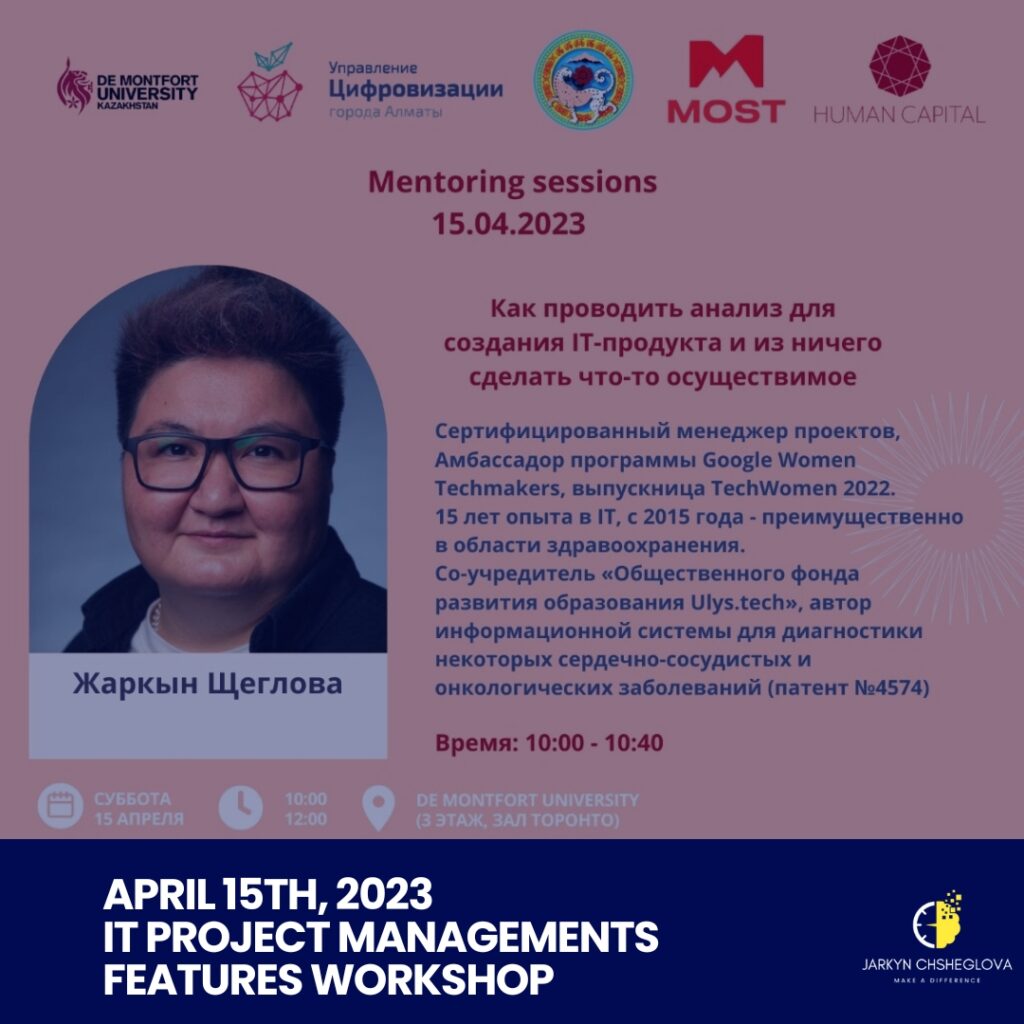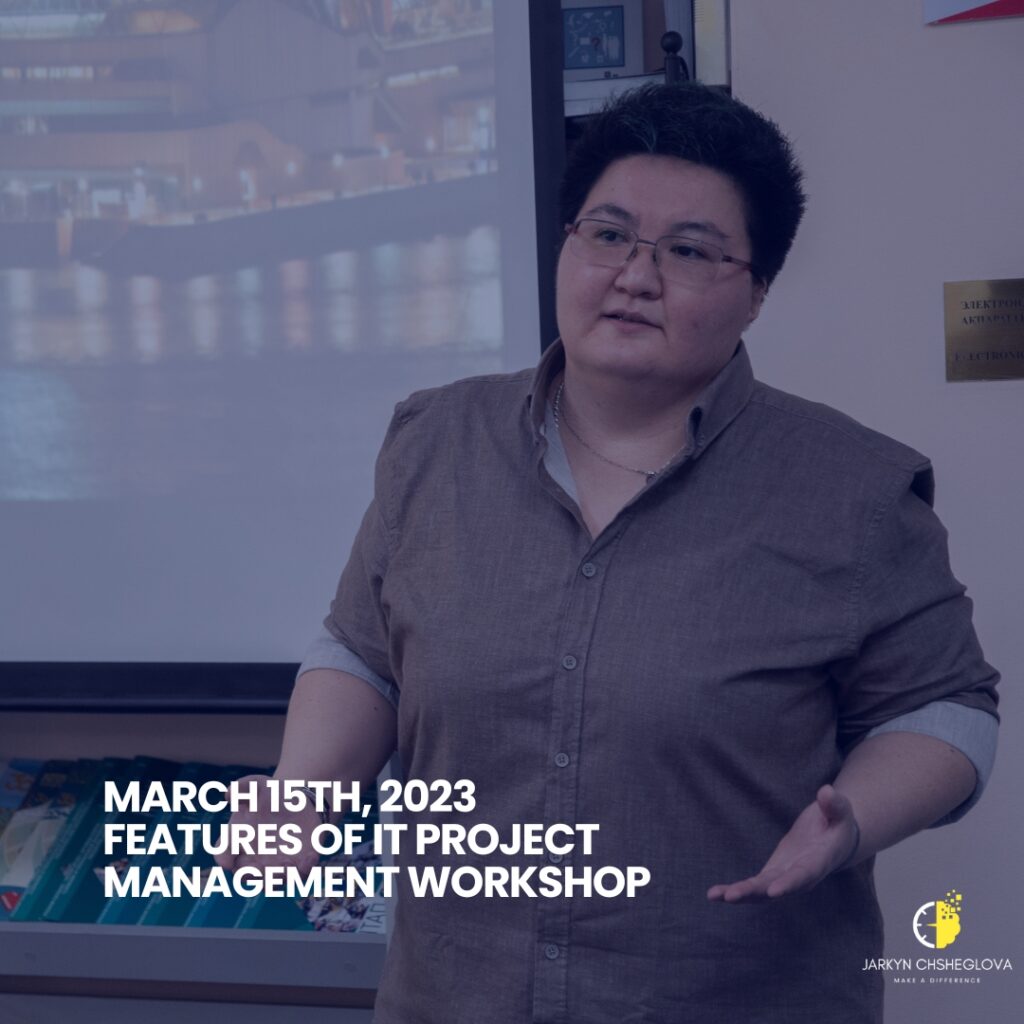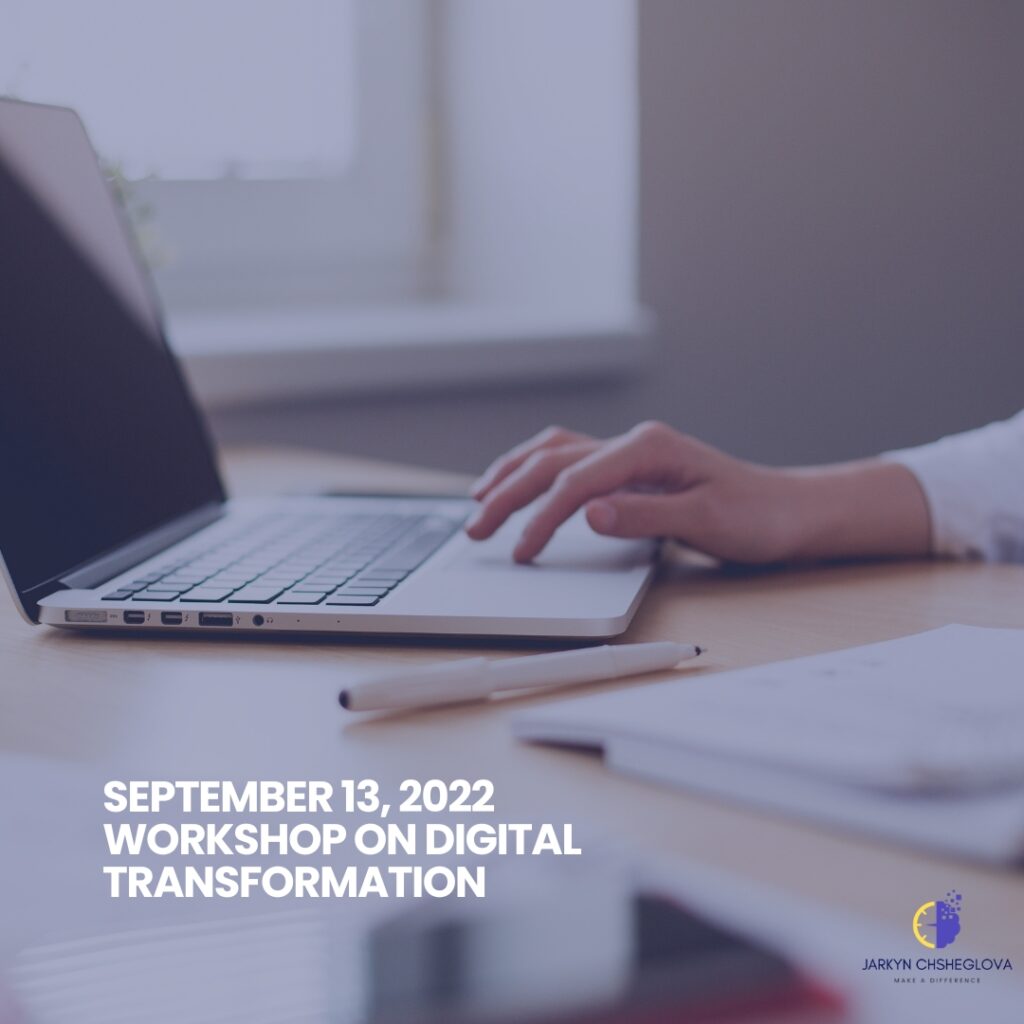Trainings and seminars
AI Tools Training
This training runs regularly — we’ve already held three sessions.
We proved in practice that AI is not some distant, complicated future. It’s a powerful and accessible assistant that can take over up to 80% of routine tasks.
Here’s what we learned in one day:
Speaking the same language with AI: we mastered the basics of prompting — how to ask ChatGPT the right way to get clear and helpful answers instead of vague responses.
Delegating routine: we explored AI assistants that schedule meetings, write summaries, and handle daily tasks on autopilot.
Creating presentations in minutes: we tested different tools and discovered how fast and easy it is now to build a stunning presentation — faster than drinking a cup of coffee.
Launching a content machine: we learned how to generate everything for marketing with AI — from posts and ad copy to unique visuals and even videos.
The whole day was 100% hands-on: participants registered for tools, wrote prompts, and created real presentations and ad creatives — right in the room.
The result: everyone left with a clear understanding of which tools they’ll start using in their daily work — starting tomorrow.
June 18th, 2025. Business Process Automation Workshop
We spent a full day exploring the key foundations of successful automation — the things that must come before the tools.
What we achieved in one day:
Clarity in concepts: we defined what a business process really is — and how it’s different from tasks and projects.
Practical analysis: we learned how to collect the right information — through interviews, data, and observation — and practiced using analysis tools immediately.
Prioritization made simple: we studied a clear method to separate tasks by urgency and importance — and made it work for real-life situations.
From chaos to clear diagrams: we learned how to formalize processes using block diagrams that help everyone speak the same language.
Spotting improvement points: we discussed how to make processes leaner, remove unnecessary steps, and identify tasks that are easiest to automate.
The training was full of real cases, team activities, and hands-on tasks. Participants didn’t just listen — they analyzed, mapped out processes, and built practical solutions based on the trainer’s years of experience.
September 21st, 2023. Introducing project management
Computer science students often have a limited awareness of the diverse career opportunities within IT. While they are typically familiar with roles such as programmers, administrators, and network engineers, the functions of business and systems analysts, as well as project managers, often remain unclear.
Our hour-long discussion with nearly 60 students aimed to shed light on the intricacies of project execution, the various roles within teams, and the responsibilities of each team member. The high level of engagement, as evidenced by the multitude of questions posed during the session, underscores the relevance and significance of this topic.
This information is particularly valuable for those aspiring to carve out a niche in IT that extends beyond software development.


April 15th, 2023. IT project managements features workshop
My workshop was a part of PowerUP Incubation program for startups. It is extremely important to understand the lifecycle of a project and pay a close attention to planning, analysis, resources management and risks management.
Following the workshops, participants benefited from individualized, brief mentoring sessions. The combined duration of these personal sessions nearly totaled two hours, providing valuable insights and guidance tailored to each participant’s specific needs.
March 15th, 2023. Features of IT project management workshop
As part of a separate conference focused on women in IT, I conducted a workshop centered around the ins and outs of project management in IT.
Although originally planned for 45 minutes, the session extended to twice that duration due to the active participation of attendees. The extended timeframe allowed for in-depth discussions, including the exploration of specific cases raised by the participants.


September 13th, 2022. Workshop on digital transformation
Carrying out a digital transformation in a company is not that easy. All the participants were able to experience it firsthand thanks to some games we had.
I shared some cases where digital transformation has boosted a company’s business, but also failures due to not making the changes in time.
We also discussed the differences between digitization and transformation, challenges and ways to implement change, tools that can be used, and did some exercises.
A substantial portion of our time was dedicated to discussing the influences of digital transformation on project management.
